SNLS043H May 2000 – January 2016 DS90CR216A , DS90CR286A , DS90CR286A-Q1
PRODUCTION DATA.
- 1 Features
- 2 Applications
- 3 Description
- 4 Revision History
- 5 Pin Configuration and Functions
- 6 Specifications
- 7 Detailed Description
- 8 Application and Implementation
- 9 Power Supply Recommendations
- 10Layout
- 11Device and Documentation Support
- 12Mechanical, Packaging, and Orderable Information
8 Application and Implementation
NOTE
Information in the following applications sections is not part of the TI component specification, and TI does not warrant its accuracy or completeness. TI’s customers are responsible for determining suitability of components for their purposes. Customers should validate and test their design implementation to confirm system functionality.
8.1 Application Information
The DS90CR286A and DS90CR216A are designed for a wide variety of data transmission applications. The use of serialized LVDS data lines in these applications allows for efficient signal transmission over a narrow bus width, thereby reducing cost, power, and space.
8.2 Typical Applications
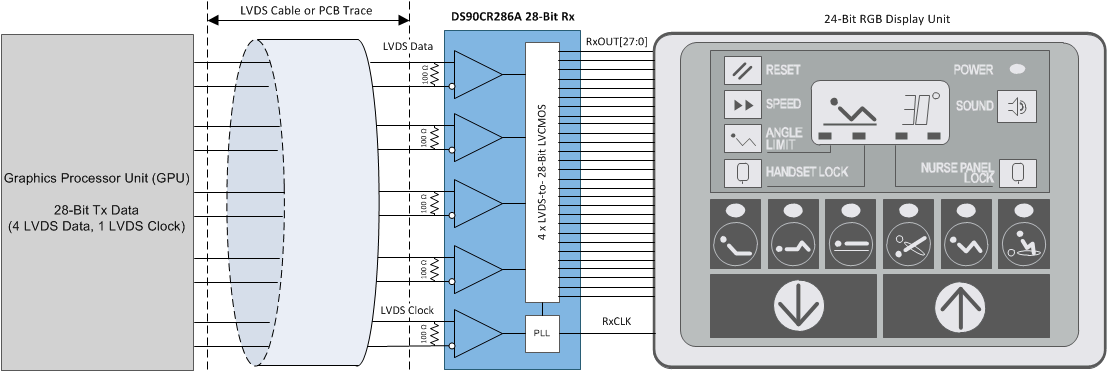 Figure 19. Typical DS90CR286A Application Block Diagram
Figure 19. Typical DS90CR286A Application Block Diagram
 Figure 20. Typical DS90CR216A Application Block Diagram
Figure 20. Typical DS90CR216A Application Block Diagram
8.2.1 Design Requirements
For this design example, ensure that the following requirements are observed.
Table 1. Design Parameters
8.2.2 Detailed Design Procedure
To design with the DS90CR286A or DS90CR216A, determine the following:
- Cable Interface
- Bit Resolution and Operating Frequency
- Bit Mapping from Receiver to Endpoint Panel Display
- RSKM Interoperability with Transmitter Pulse Position Margin
8.2.2.1 Cables
A cable interface between the transmitter and receiver needs to support the differential LVDS pairs. The DS90CR216A requires four pairs of signal wires and the DS90CR286A requires five pairs of signal wires. The ideal cable interface has a constant 100-Ω differential impedance throughout the path. It is also recommended that cable skew remain below 150 ps (assuming 66 MHz clock rate) to maintain a sufficient data sampling window at the receiver.
Depending upon the application and data rate, the interconnecting media between Tx and Rx may vary. For example, for lower data rate (clock rate) and shorter cable lengths (< 2m), the media electrical performance is less critical. For higher speed or long distance applications, the media's performance becomes more critical. Certain cable constructions provide tighter skew (matched electrical length between the conductors and pairs). For example, twin-coax cables have been demonstrated at distances as long as five meters and with the maximum data transfer of 1.386 Gbps (DS90CR216A) and 1.848 Gbps (DS90CR286A).
8.2.2.2 Bit Resolution and Operating Frequency Compatibility
The bit resolution of the endpoint panel display reveals whether there are enough bits available in the DS90CR286A or DS90CR216A to output the required data per pixel. The DS90CR286A has 28 parallel LVCMOS outputs and can therefore provide a bit resolution up to 24 bpp (bits per pixel). In each clock cycle, the remaining bits are the three control signals (HSync, VSync, DE) and one spare bit. The DS90CR216A has 21 parallel LVCMOS outputs and can therefore provide a bit resolution up to 18 bpp (bits per pixel). In each clock cycle, the remaining bits are the three control signals (HSync, VSync, DE).
The number of pixels per frame and the refresh rate of the endpoint panel display indicate the required operating frequency of the deserializer clock. To determine the required clock frequency, refer to the following formula:
where
- H_Active = Active Display Horizontal Lines
- H_Blank = Blanking Period Horizontal Lines
- V_Active = Active Display Vertical Lines
- V_Blank = Blanking Period Vertical Lines
- f_Vertical = Refresh Rate (in Hz)
- f_Clk = Operating Frequency of LVDS clock
In each frame, there is a blanking period associated with horizontal rows and vertical columns that are not actively displayed on the panel. These blanking period pixels must be included to determine the required clock frequency. Consider the following example to determine the required LVDS clock frequency:
- H_Active = 640
- H_Blank = 40
- V_Active = 480
- V_Blank = 41
- f_Vertical = 59.95 Hz
Thus, the required operating frequency is determined below:
Since the operating frequency for the PLL in the DS90CR286A and DS90CR216A ranges from 20-66 MHz, the DS90CR286A and DS90CR216A can support a panel display with the aforementioned requirements.
If the specific blanking interval is unknown, the number of pixels in the blanking interval can be approximated to 20% of the active pixels. The following formula can be used as a conservative approximation for the operating LVDS clock frequency:
Using this approximation, the operating frequency for the example in this section is estimated below:
8.2.2.3 Data Mapping between Receiver and Endpoint Panel Display
Ensure that the LVCMOS outputs are mapped to align with the endpoint display RGB mapping requirements following the deserializer. Two popular mapping topologies for 8-bit RGB data are shown below:
- LSBs are mapped to RxIN3±.
- MSBs are mapped to RxIN3±.
The following tables depict how these two popular topologies can be mapped to the DS90CR286A outputs.
Table 2. 8-Bit Color Mapping with LSBs on RxIN3±
| LVDS INPUT CHANNEL | LVDS BIT STREAM POSITION | LVCMOS OUTPUT CHANNEL | COLOR MAPPING | COMMENTS |
|---|---|---|---|---|
| RxIN0 | TxIN0 | RxOUT0 | R2 | |
| TxIN1 | RxOUT1 | R3 | ||
| TxIN2 | RxOUT2 | R4 | ||
| TxIN3 | RxOUT3 | R5 | ||
| TxIN4 | RxOUT4 | R6 | ||
| TxIN6 | RxOUT6 | R7 | MSB | |
| RxIN1 | TxIN7 | RxOUT7 | G2 | |
| TxIN8 | RxOUT8 | G3 | ||
| TxIN9 | RxOUT9 | G4 | ||
| TxIN12 | RxOUT12 | G5 | ||
| TxIN13 | RxOUT13 | G6 | ||
| TxIN14 | RxOUT14 | G7 | MSB | |
| TxIN15 | RxOUT15 | B2 | ||
| TxIN18 | RxOUT18 | B3 | ||
| RxIN2 | TxIN19 | RxOUT19 | B4 | |
| TxIN20 | RxOUT20 | B5 | ||
| TxIN21 | RxOUT21 | B6 | ||
| TxIN22 | RxOUT22 | B7 | MSB | |
| TxIN24 | RxOUT24 | HSYNC | Horizontal Sync | |
| TxIN25 | RxOUT25 | VSYNC | Vertical Sync | |
| TxIN26 | RxOUT26 | DE | Data Enable | |
| RxIN3 | TxIN27 | RxOUT27 | R0 | LSB |
| TxIN5 | RxOUT5 | R1 | ||
| TxIN10 | RxOUT10 | G0 | LSB | |
| TxIN11 | RxOUT11 | G1 | ||
| TxIN16 | RxOUT16 | B0 | LSB | |
| TxIN17 | RxOUT17 | B1 | ||
| TxIN23 | RxOUT23 | GP | General Purpose |
Table 3. 8-Bit Color Mapping with MSBs on RxIN3±
| LVDS INPUT CHANNEL | LVDS BIT STREAM POSITION | LVCMOS OUTPUT CHANNEL | COLOR MAPPING | COMMENTS |
|---|---|---|---|---|
| RxIN0 | TxIN0 | RxOUT0 | R0 | LSB |
| TxIN1 | RxOUT1 | R1 | ||
| TxIN2 | RxOUT2 | R2 | ||
| TxIN3 | RxOUT3 | R3 | ||
| TxIN4 | RxOUT4 | R4 | ||
| TxIN6 | RxOUT6 | R5 | ||
| RxIN1 | TxIN7 | RxOUT7 | G0 | LSB |
| TxIN8 | RxOUT8 | G1 | ||
| TxIN9 | RxOUT9 | G2 | ||
| TxIN12 | RxOUT12 | G3 | ||
| TxIN13 | RxOUT13 | G4 | ||
| TxIN14 | RxOUT14 | G5 | ||
| TxIN15 | RxOUT15 | B0 | LSB | |
| TxIN18 | RxOUT18 | B1 | ||
| RxIN2 | TxIN19 | RxOUT19 | B2 | |
| TxIN20 | RxOUT20 | B3 | ||
| TxIN21 | RxOUT21 | B4 | ||
| TxIN22 | RxOUT22 | B5 | ||
| TxIN24 | RxOUT24 | HSYNC | Horizontal Sync | |
| TxIN25 | RxOUT25 | VSYNC | Vertical Sync | |
| TxIN26 | RxOUT26 | DE | Data Enable | |
| RxIN3 | TxIN27 | RxOUT27 | R6 | |
| TxIN5 | RxOUT5 | R7 | MSB | |
| TxIN10 | RxOUT10 | G6 | ||
| TxIN11 | RxOUT11 | G7 | MSB | |
| TxIN16 | RxOUT16 | B6 | ||
| TxIN17 | RxOUT17 | B7 | MSB | |
| TxIN23 | RxOUT23 | GP | General Purpose |
In either the case where the DS90CR216A is used or the DS90CR286A must support 18 bpp, Table 2 is commonly used. With this mapping, MSBs of RGB data are retained on RXIN0±, RXIN1±, and RXIN2± while the two LSBs for the original 8-bit RGB resolution are ignored from RxIN3±.
8.2.2.4 RSKM Interoperability
One of the most important factors when designing the receiver into a system application is assessing how much RSKM (Receiver Skew Margin) is available. In each LVDS clock cycle, the LVDS data stream carries seven serialized data bits. Ideally, the Transmit Pulse Position for each bit will occur every (n x T)/7 seconds, where n = Bit Position and T = LVDS Clock Period. Likewise, ideally the Receive Strobe Position for each bit will occur every ((n + 0.5) x T)/7 seconds. However, due to the effects of cable skew, clock jitter, and ISI, both LVDS transmitter and receiver in real systems will have a minimum and maximum pulse and strobe position, respectively, for each bit position. This concept is illustrated in Figure 21:
All left and right margins for Bits 0-6 must be considered in order to determine the absolute minimum for the whole LVDS bit stream. This absolute minimum corresponds to the RSKM.
To improve RSKM performance between LVDS transmitter and receiver, designers often either advance or delay the LVDS clock compared to the LVDS data. Moving the LVDS clock compared to the LVDS data can improve the location of the setup and hold time for the transmitter compared to the setup and hold time for the receiver.
If there is less left bit margin than right bit margin, the LVDS clock can be delayed so that the Rx strobe position for incoming data appears to be delayed. If there is less right bit margin than left bit margin, all the LVDS data pairs can be delayed uniformly so that the LVDS clock and Rx strobe position for incoming data appear to advance. To delay an LVDS data or clock pair, designers either add more PCB trace length or install a capacitor between the LVDS transmitter and receiver. It is important to note that when using these techniques, all serialized bit positions are shifted right or left uniformly.
When designing the DS90CR286A or DS90CR216A receiver with a third-party OpenLDI transmitter, users must calculate the skew margin budget (RSKM) based on the Tx pulse position and the Rx strobe position to ensure error-free transmission. For more information about calculating RSKM, refer to Application Note SNLA249.
8.2.3 Application Curves
The following application curves are examples taken with a DS90C385 serializer interfacing to a DS90CR286A deserializer in nominal temperature (25ºC) at an operating frequency of 66 MHz.
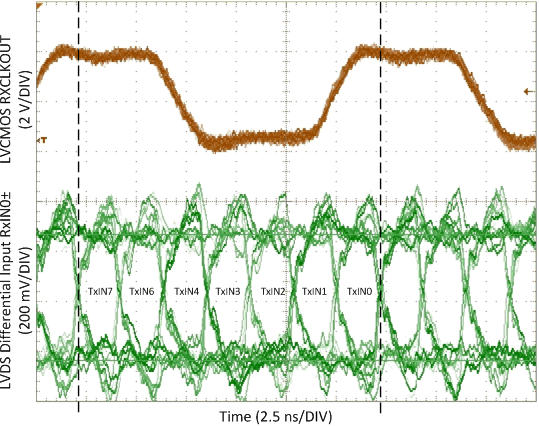 Figure 22. LVDS RxIN0± aligned with LVCMOS RxCLKOUT
Figure 22. LVDS RxIN0± aligned with LVCMOS RxCLKOUT
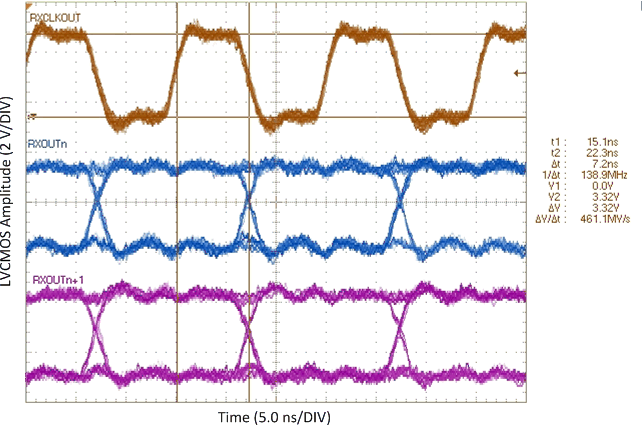 Figure 24. RxOUT Strobe on Rising Edge of RxCLKOUT
Figure 24. RxOUT Strobe on Rising Edge of RxCLKOUT
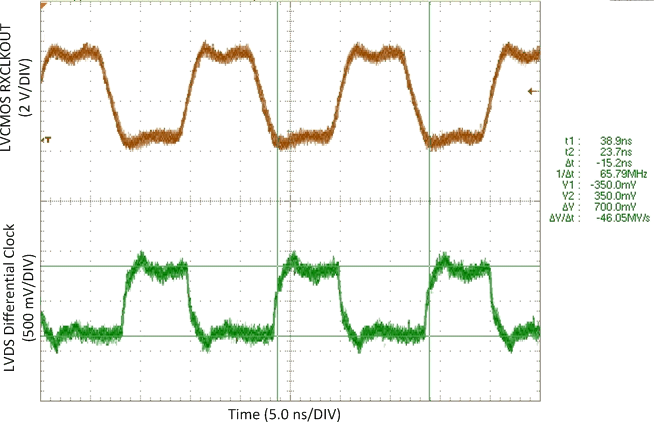 Figure 23. LVDS CLKIN aligned with LVCMOS RxCLKOUT
Figure 23. LVDS CLKIN aligned with LVCMOS RxCLKOUT
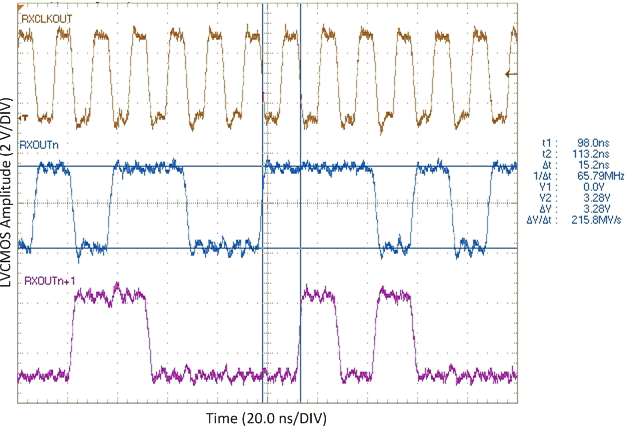 Figure 25. PRBS-7 Output on RxOUT Channels
Figure 25. PRBS-7 Output on RxOUT Channels
